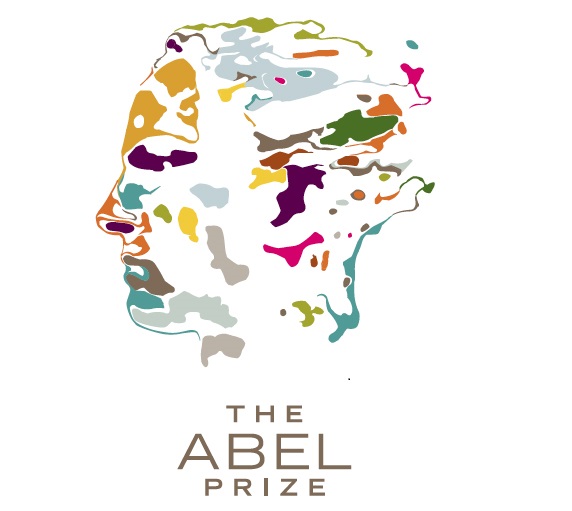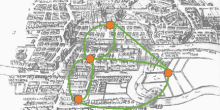The Abel Committee has awarded Michel Talagrand the 2024 Abel Prize  for his groundbreaking contributions to probability theory and functional analysis, with outstanding applications in mathematical physics and statistics.
for his groundbreaking contributions to probability theory and functional analysis, with outstanding applications in mathematical physics and statistics.


Both pictures are taken from the site of the Abel Prize.
Every year the Abel Prize is awarded in March, this is always a nice opportunity to take a short break from everything else we are doing and have a glimpse into an area of modern mathematics that many researchers are enthusiastic about, and passionately try to unravel its mysteries. Moreover, it is often unknown to the public what research in modern mathematics concerns. For example, can you name ten great mathematicians of our time? Or can you name some recent major discoveries in mathematics?
When we think of great results from mathematics we often come to results of great mathematicians from the past, like Euler, Gauss, Hilbert, Noether, Wiles. But what is modern mathematics about? Undoubtedly mathematics has a rich history, and modern discoveries rely heavily on the legacy left by the previous generations. Mathematics has a continuous history; discoveries made 2000 years ago by Euclid and Archimedes remain valid today. But at the same time, the mathematical community must also communicate the beautiful discoveries in modern mathematics. These results may be more abstract and advanced, which shows how important it is to keep developing new insights and techniques to communicate mathematics.
The two great awards in mathematics, the Abel Prize and the Fields medal, offer very good oportunities to have a glimpse into modern mathematics. On the website of the Abel Prize you can find very nice short articles about the work of Michel Talagrand.
A Glimpse of the Laureate’s Work By Matt Parker
We cite below some parts of a short article written by Matt Parker about Talagrand's work.
Michel Talagrand is an expert at understanding and taming complicated random processes. Randomness can arise in a wide range of ways, and Talagrand has explored many different types. One of the most common, and arguably most important, types of randomness arises from “Gaussian processes”. The Gaussian distribution has been a constant feature of Talagrand’s career so it’s worth considering it as a tangible example when exploring his work.
A Gaussian distribution (sometimes called the “normal distribution” or “bell curve”) occurs with surprising frequency in the world around us. The mass of babies at birth, the test results students get at school and the ages athletes retire at are all seemingly random things which neatly follow the Gaussian distribution. These are characterised by having an average in the middle which most values are close to, and then decreasing numbers of cases as values move further above and below the average. When observing a random process there are some things which it could be nice to know. For example, if you take the average of the values being produced, how close is that likely to be to the true average value of the underlying Gaussian process? How big or small are the possible values in the future likely to be? Talagrand produced rigorous and tight thresholds with specific uncertainties so when these kind of random, stochastic processes are observed we know exactly how confident we can reasonably be about what the process will do going forward.
And a little bit further
The ubiquity of Gaussian processes means there are many possible applications of Talagrand’s work. One specific one is the condensed matter physics problem of a “spin glass”. This is an arrangement of matter which is not a ‘glass’ like in a window, but rather a random structure of magnetic moments.
Spin glasses sit between the highly organised magnetic properties of ferromagnet materials and the random arrangement of paramagnetic materials. If a ferromagnetic substance is heated and an external magnetic field used to align all the internal magnetic moment, this neat alignment will persist even after the substance is cooled. A paramagnetic substance will exponentially lose its internal magnetic field once the external field is removed. A spin glass however, will also lose its own magnetic arrangement but at a rate and in a way which currently defies our understanding.
The internal magnetic structures within a spin glass are arranged randomly, but with some order which causes their complex behaviours.
On the website of the Abel Prize you can also find much more information on Talagrand's work, we recommend the popular science articles by Arne B. Sletsjøe on the work of the laureate. A broad article about his work, one about stochastic processes, and one about concentration of measure.





